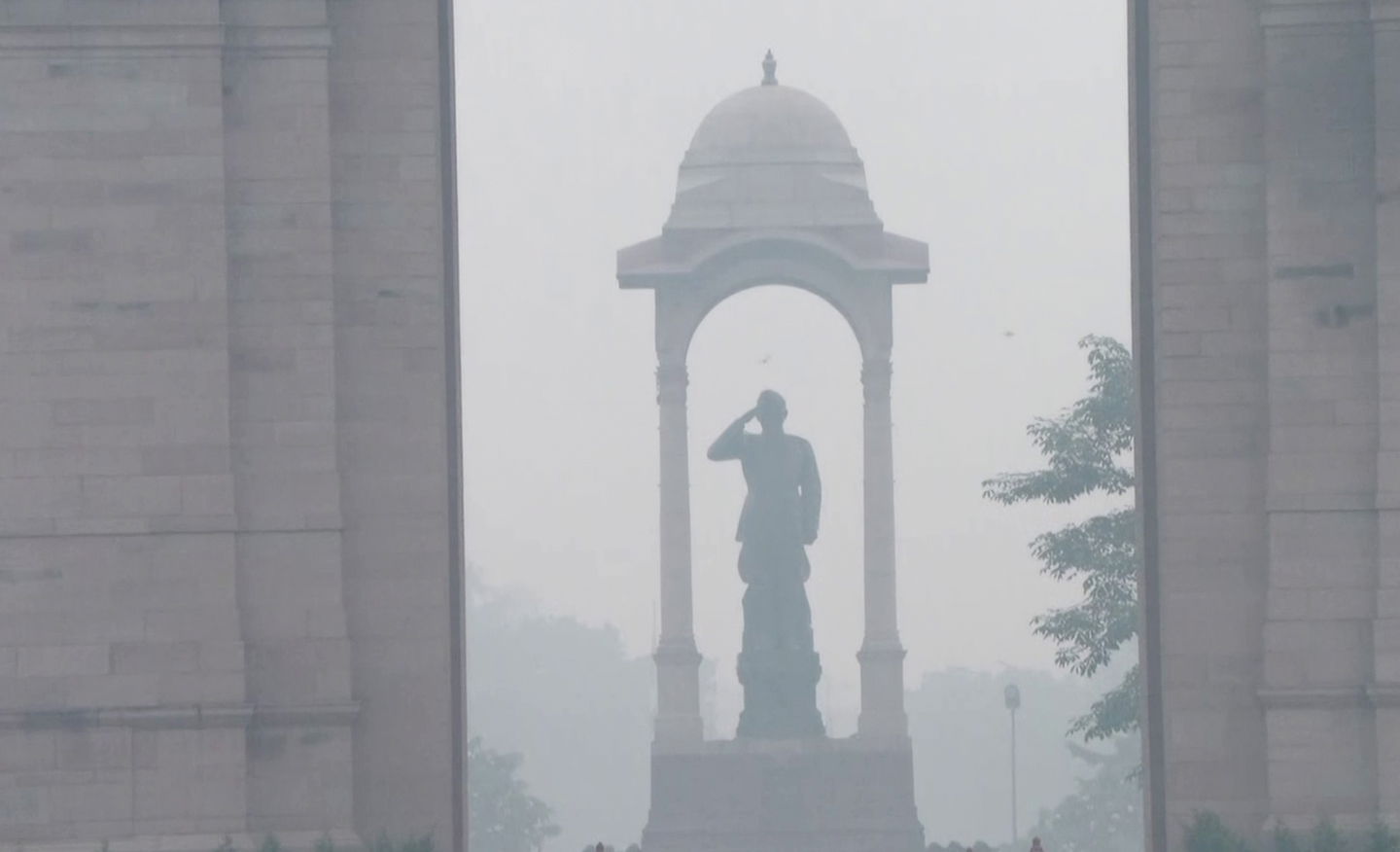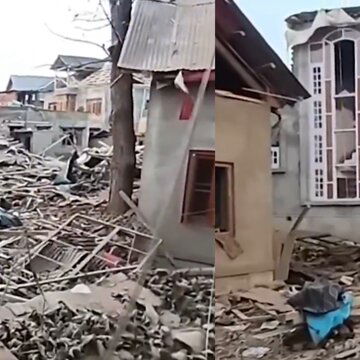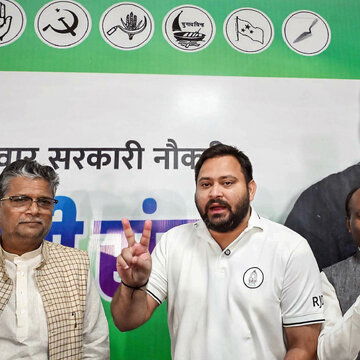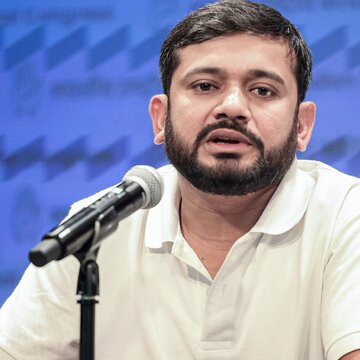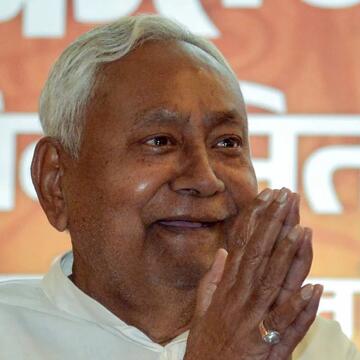Yesterday, while India illuminated the skies during Diwali, Delhi today woke up to a foggy morning. Dense smog covered the national capital early on Tuesday morning, and screenshots indicating Air Quality Index (AQI) readings exceeding 1000 went viral on social media. Some even posted numbers reaching up to 2000, with Trinamool Congress (TMC) MP Saket Gokhale posting a reading of 1975 at Mandir Marg at 1:30 AM.
Photos of streets barely visible through dense haze quickly went viral, fueling fears that Delhi’s pollution had spiralled to catastrophic heights overnight.
An X user (formerly Twitter) posted, " Delhi's AQI: 1838, Noida's AQI: 1017, Gurgaon's AQI: 1035, Ghaziabad's AQI: 1358, Health Emergency in Delhi-NCR".
Another user on X posted, " Andbhakths saying Diwali ab lag rahi hai Dilliwalon ki just because the careless @CMODelhi has permitted fireworks. AQI > 1000 at this moment. Do you really care about our lives."
Did Delhi's AQI cross 1000 after Diwali?
The short answer is both yes and no. The misunderstanding results from various methods of calculating AQI. Several viral screenshots were taken from global websites like IQAir, which follow the United States Environmental Protection Agency (EPA) system. This one does not limit the AQI to 500-the Indian method of India's Central Pollution Control Board (CPCB) system, so it can show readings far beyond 1000 under severe pollution episodes.
In comparison, the CPCB's "severe" is between 401 and 500, so any concentration above that still reads 500. Therefore, while IQAir readings indicated such levels as 1365 on Lodhi Road and 1479 at Mandir Marg, the respective official CPCB figures for the same locations were 327 and 317.
What is the true scenario?
According to CPCB data, at 7:15 AM on Tuesday, the average AQI stood at 368, which categorised the city as being in a "very poor" category, with four monitoring stations showing "severe" levels above 400.
So, while social media’s “AQI 1000+” panic may exaggerate the numbers, it doesn’t exaggerate the crisis. Delhi’s post-Diwali air remains hazardous, and the smog, both literal and informational, continues to thicken.


